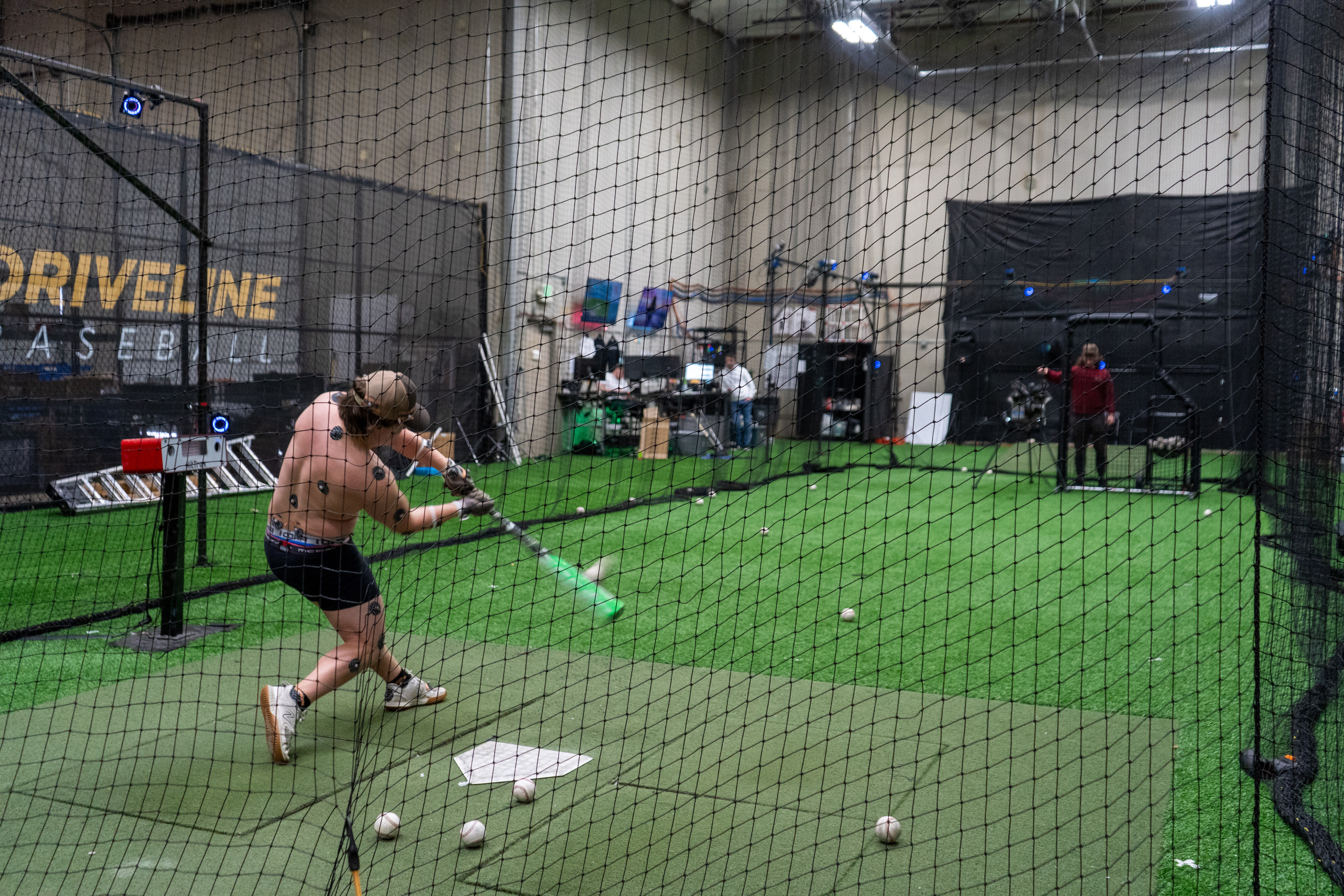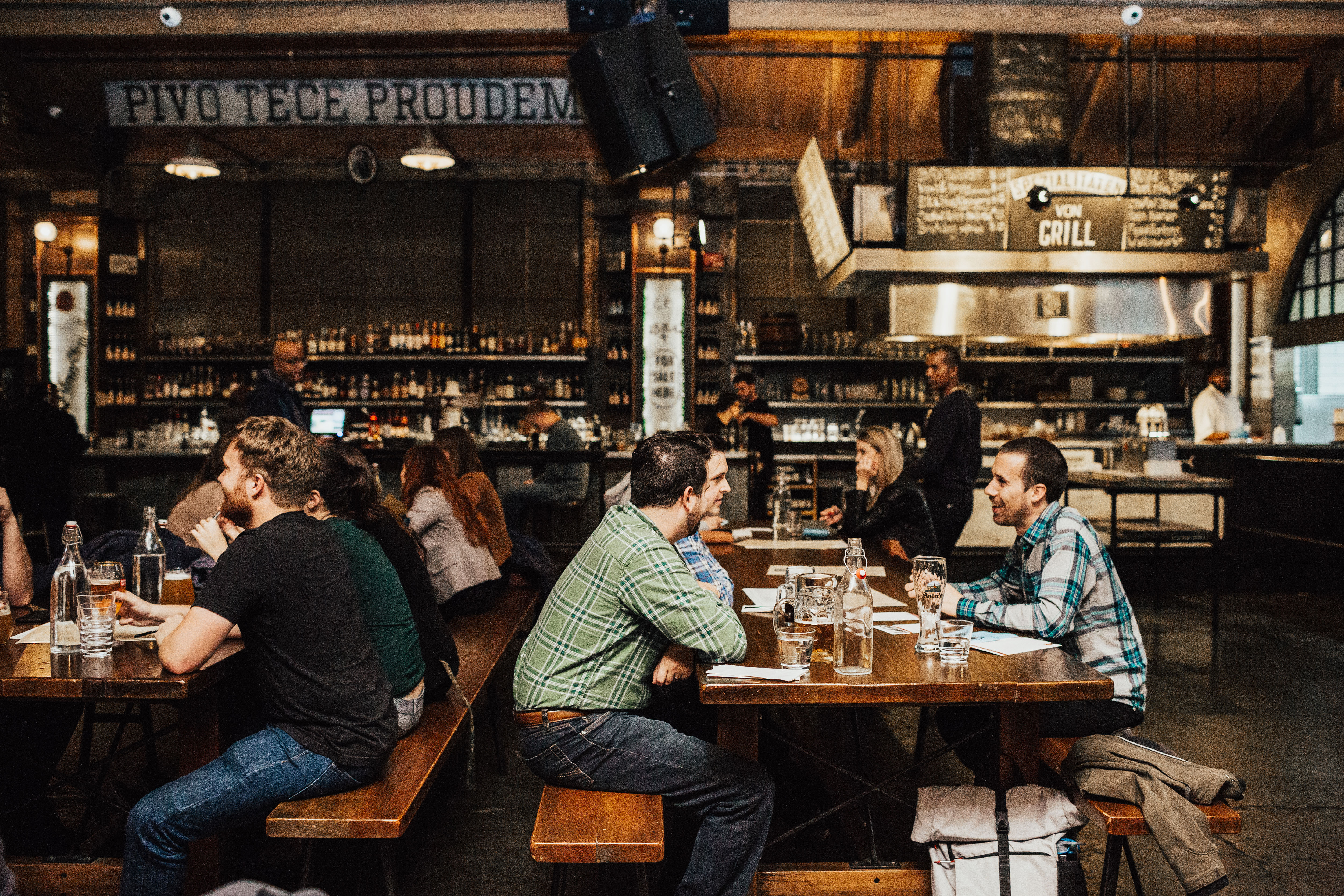
Seattle’s Worker Revolution Is Bigger This Time
The march on Broadway. Photograph by Benjamin Cassidy.
Horns honked. Heads swiveled. And though passersby donned capes and space boots, all eyes were on a swirl of baristas outside the Starbucks on Fifth and Pike.
“Hey hey, ho ho, union busting’s got to go!” the group chanted, circling in a tight formation on the sidewalk and jabbing red signs in the air.
It was April 16, halfway into a Starbucks worker strike and Sakura-Con, the anime convention up the street known to draw more than 20,000 people to the city’s core. Those ambling in cosplay toward the convention center that Saturday morning could still power up with ventis—managers kept the store running—but not without crossing the most prominent labor movement in a city suddenly teeming with them.
It's hard to go anywhere these days without encountering organizers. From thrift shops to hospitals, construction sites to an Amazon Fresh store, workers across Seattle are in the middle of the most widespread push for better conditions in years. Unlike the Battle in Seattle and Fight for $15, the city isn’t the center of gravity for labor this time; union decisions at Starbucks and Amazon in New York catalyzed some of our local efforts. But the hub of these mega corporations is now a magnet for national movements coalescing in opposition to them.
On Saturday, two days after Starbucks Reserve Roastery became the second Seattle branch of the coffee conglomerate to unionize, supporters from Michigan, Kansas, and New York spoke at Cal Anderson Park. “Both these union drives are empowering workers all over the country,” Seattle City Council member Kshama Sawant said in front of a “Unionize Amazon & Starbucks” banner.
Fresh off surviving a recall effort, the socialist called it “extra sweet” to be holding the event in the backyard of interim Starbucks CEO Howard Schultz. The District 3 resident has criticized the division and dissension of organizers’ efforts that have reached more than 200 stores across the country.
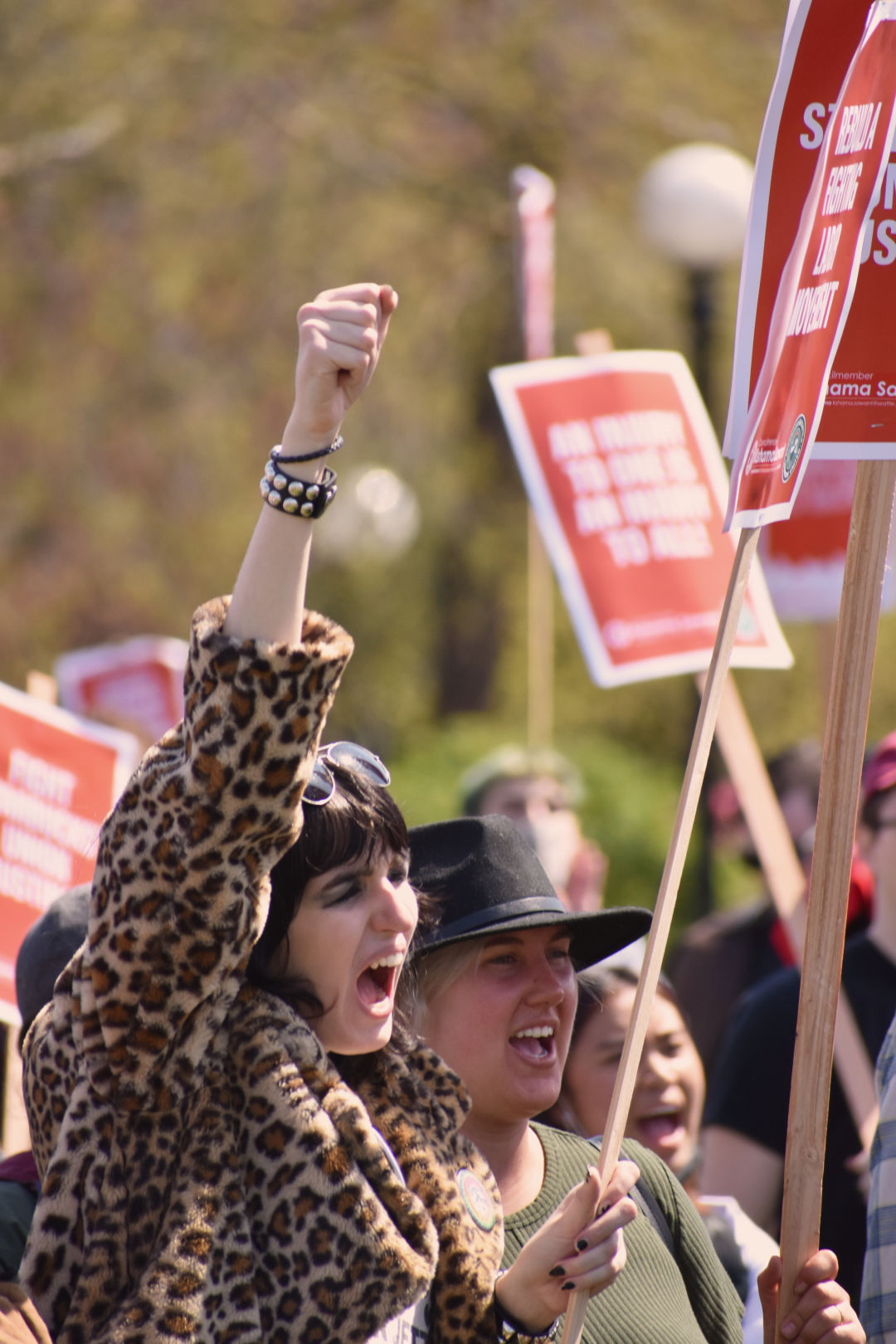
Scores of workers shouted their feelings about unionization at Cal Anderson Park on Saturday, April 16.
Image: Benjamin Cassidy
A week earlier, workers at Fifth and Pike blasted Schultz, recently departed CEO Kevin Johnson, and other members of Starbucks management for anti-union behavior. Some claimed their hours had been slashed in response to their push for a union vote. (A Starbucks spokesperson said that “any claims of anti-union activity are categorically false” and that “we always schedule to what we believe the store needs based on customer behaviors. That may mean a change in the hours available, but to say we are cutting hours wouldn’t be accurate.”)
For Micah Lakes of the Fifth and Pike location, the company’s lingo for its workers—“partners”—rings hollow when workers struggle to live off their employment relationship. “They use the word ‘partner’ as a psychological trick to get you to do more for the company, without giving you any incentive to do so.” Lakes hopes a union will bring higher wages than the just-under-$18 an hour he says entry-level baristas make at the store (a bit higher than the expected national average this year), as well as better health care and more hours.
The pandemic was a turning point in his thinking. When an outbreak at the store this winter sidelined more than a handful of workers, others pushed for the coffee shop to shut down so they could isolate—first with pay, then without. Neither request went anywhere (Starbucks declined to comment on this specific claim, sharing its broader Covid response measures). “It just showed us that they really don’t care about us like they pretend that they do.”
They really don’t treat them, in other words, like essential workers. The term was inescapable after Covid arrived, and workers have made it a drumbeat of their union campaigns. They haven’t forgotten the way workplace realities splintered society. As the virus spread, one half of Seattle kept the city’s vital organs running, reinforcing the importance of their work.
The other half discovered what was least necessary about theirs.
With a minimalist white interior, an open office floor plan, and random dashes of pastels on walls and pillows, Textio’s downtown Seattle office was a study in techsthetic. In 2019, it was a finalist for “Geekiest Office Space” at GeekWire’s annual industry awards. The company touted this “colocation,” says cofounder and CEO Kieran Snyder.
But when Covid arrived in Washington, the augmented writing company swiftly shut its doors. The world was turned upside down, and in a manner of weeks, so was Snyder’s perception of working from home. “We didn’t really lose productivity.”
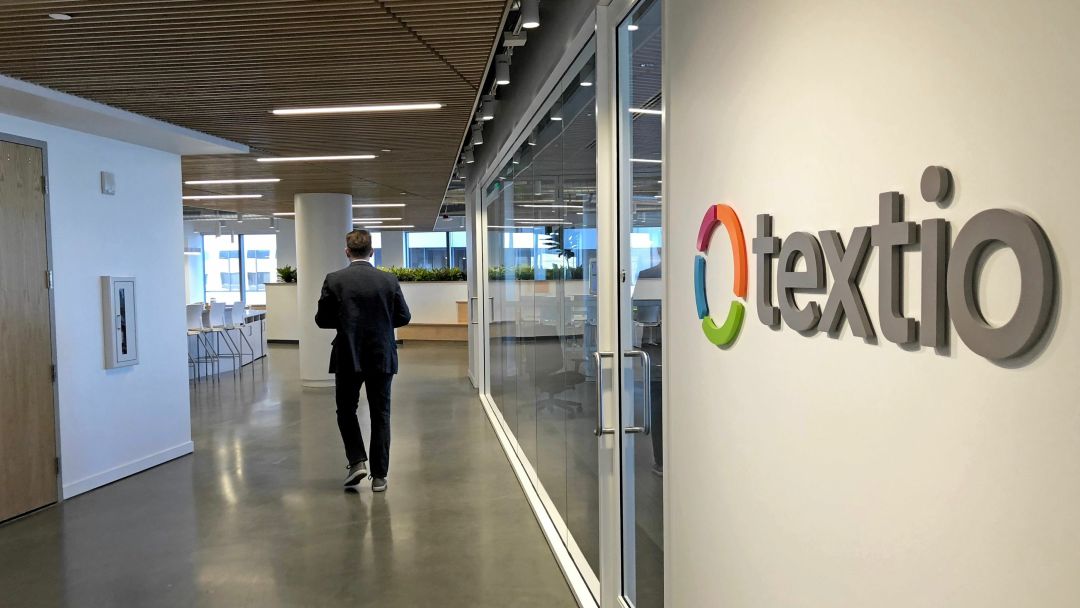
Textio was one of the first companies to close its office in 2020.
Image: Courtesy Textio
Gradually, more and more Textio workers confided that they wanted to move closer to family in other states, and management obliged. The company reaped its own benefits; employees were closer to clients in other time zones, and teleworking flexibility opened up more avenues for recruiting diverse talent. By the end of 2020, the company ditched its downtown workspace permanently and became a fully “distributed,” or remote, company.
While some of the headcount wanted to return to that sleek office setup, others were on board with eschewing their commutes. That tracks with a trend across Seattle’s leading industry: Tech workers were twice as likely to desire a completely remote setup as they were an all-office reality, according to a 2021 survey conducted by EMC Research for nonprofit Sea.Citi. Hybrid work, at 56 percent, was their top preference.
Many of the region’s largest employers have adopted some version of that middle course. Amazon backed off a three-day office requirement, leaving those decisions to team leaders, while gently suggesting at least a little time in the office. Weyerhaeuser employees can work as many as three days per week from home, but Tuesdays will be busiest at its Pioneer Square headquarters. The Gates Foundation just began testing a hybrid model at its U.S. offices, capping remote work hours at 50 percent. And Microsoft’s taking a similar approach—“for most roles, we view working from home part of the time (less than 50%) as now standard”—with one major caveat that’s looming over all corporate decision-makers these days: “assuming manager and team alignment.”
Expecting workers to sync in an era of asynchrony is risky. While tech companies have snatched up office space and thrown back-to-work festivities in the aftermath of shutdowns, office occupancy downtown remains at 30 percent of 2019 levels. Severance-style melon parties and trust falls simply may not pencil in that “worth it” equation anymore. Four-day workweeks, pay equity, and remote work flexibility are the new difference-makers for job-seekers. “We’re in a very labor-empowered market,” says Snyder. As one Tableau employee recently told me, a friend’s stricter in-person policy at Microsoft was a turn-off. “I’m not sure I would apply to Microsoft, given that.”
Textio’s Snyder has a “controversial point of view” on this blended model. “I think the messy middle of hybrid work is very, very hard. And I think it’s very hard from an equity standpoint.” As some workers benefit from collaborating in person, others who never move beyond a Zoom rectangle will miss out on opportunities born from those conversations, over, say melon. She prefers choosing one lane—in-office or fully remote. The latter is her company’s future, but she understands how she and other members of the tech sphere could arrive at that popular epiphany. “We’re not first responders. We work in technology,” she says. “We have flexibility to make choices that keep people safe pretty quickly. We weren’t in the kind of industry where that was hard to do.”
It was the hardest to do in the medical realm. As Covid patients filled hospital beds early in the pandemic, health care workers took on roles that exposed them to uncertain dangers.
Yet joyful noises weren’t remotely enough compensation for these feats of humanity. Fighting a pandemic, it turns out, doesn’t earn you better working conditions right away. “A lot of health care workers are fed up, and they’re leaving their profession,” says Dr. Kevin Steehler, a second-year internal medicine resident at the University of Washington.
Residents, Steehler is quick to point out, don’t really have that option. The pandemic has put more strain on them too—filling in for sick colleagues has meant working more, often 80 hours a week—but “if we leave our training positions, then we don’t get to be doctors.”
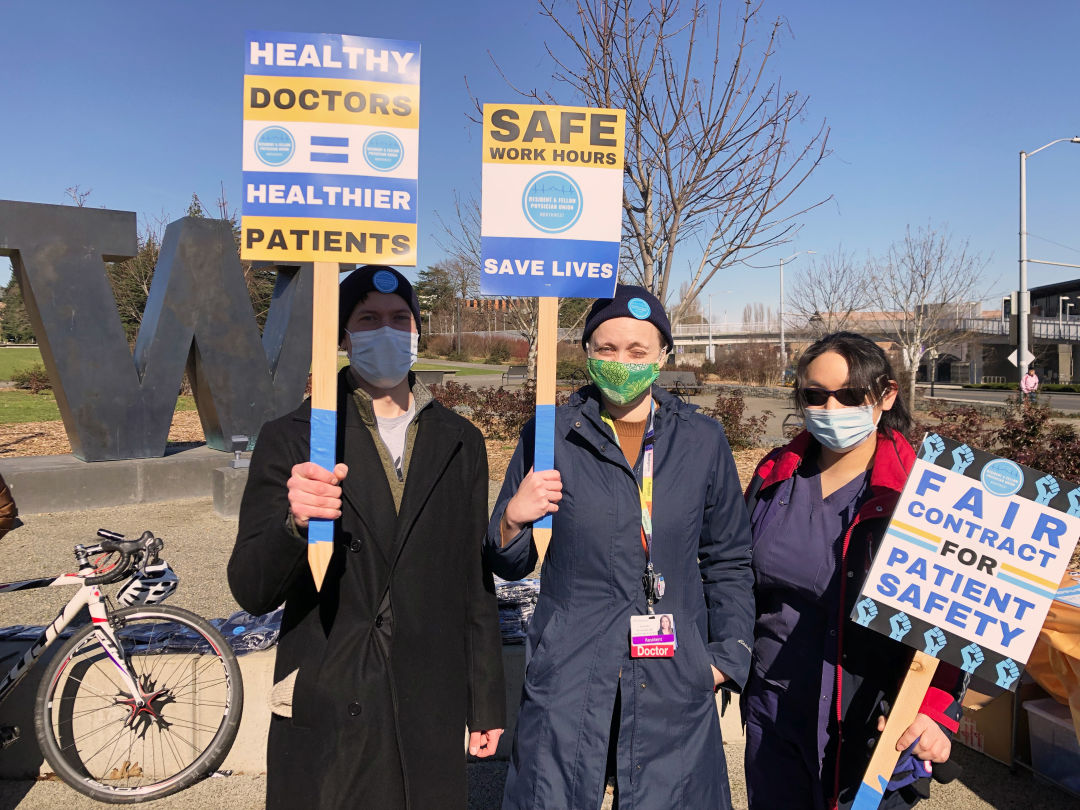
Health care workers heard our clanging pots and pans at the beginning of the pandemic, but now some of them have to do their own bidding as they organize for better contracts.
Image: Courtesy Yuemei Zhang
The lead negotiator for the Resident and Fellow Physician Union—Northwest backed a “unity break” this winter at University of Washington Medical Center, Seattle Children’s Hospital, and Harborview Medical Center, among other sites. For 15 minutes, medical workers in scrubs held signs like those Starbucks workers in Cal Anderson, advocating for better contracts (the union is currently in negotiations with UW). In prior bargaining sessions, they’ve won an extra week of vacation and other benefits. They believe more needs to be done. “We found that our wins from the past haven’t been enough to alleviate a lot of growing burnout.”
A group with a less traditional path to the front lines—gig workers—is still awaiting that first triumph. While Uber and Lyft drivers already secured minimum wage pay in Seattle, city council is now mulling similar legislation for app-based independent contractors like Grubhub and DoorDash delivery drivers. All those takeout orders early in the pandemic may have been the tipping point. “Certainly people are much more aware now that the city functions because we have workers who are willing to provide them food and groceries and other goods through the delivery services, much the same way that we rely on drivers for Uber and Lyft,” says Steve Marchese, the director of the city’s Office of Labor Standards.
Marchese took over the department in 2021, charged with enforcing some of the most progressive labor policies in the country. Before, when he was living in Minneapolis, he’d heard about the “trailblazing” ordinances in Seattle for the $15 minimum wage and paid sick leave. He thinks the gig worker pay minimum and paid time off for domestic workers could be the next policies that draw national eyeballs.
Carmen Figueroa just wants change, fast. The Grubhub driver spoke at an introduction for the council’s “PayUp” legislation recently. Figueroa said she has a hidden disability, and that gig work allows her to control the length and intensity of her shifts. It’s also how she pays rent—when she isn’t getting shortchanged.
West Seattle orders, for instance, have directed the Grubhub driver to cross the West Seattle Bridge, which, you may have heard, has once again been closed for a while. With everything “tied to your rating,” delays can be costly—and stressful.
These everyday strains didn’t start when Covid did. Before Starbucks workers and their supporters marched down Broadway and Pine on Saturday, staffers spoke about the burden of surviving on wages far lower than many of the customers dropping in for lattes. For these workers the pandemic has made it clear that only a revolution, and then another, can reverse their spiraling.


